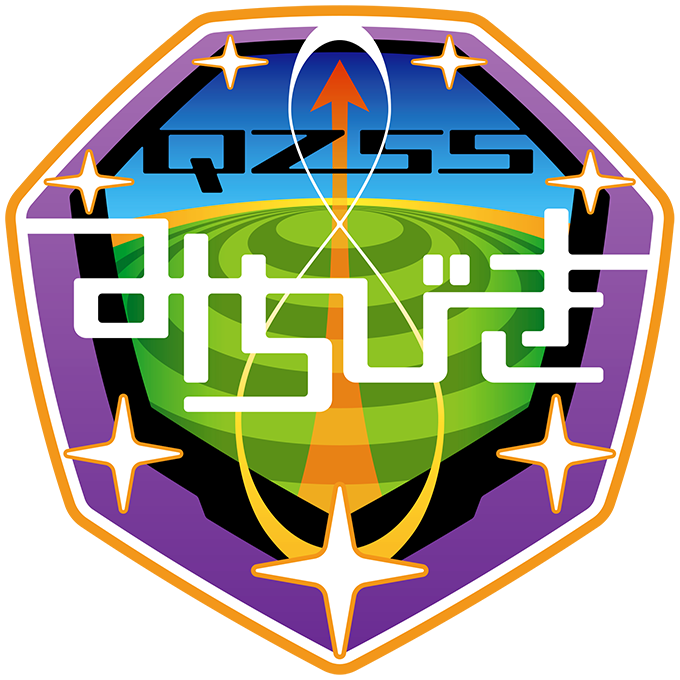Mitsubishi Heavy Industries Launch Schedule
Stay updated on Mitsubishi Heavy Industries's rocket launches with our real-time schedule. You can see 12 planned space missions on our website. Watch the live stream of any Mitsubishi Heavy Industries rocket launch happening today.
Launch Status
In Flight
Date & Time
22 Dec, 1:51am
UTC
Location
Pad
Yoshinobu Launch Complex LP-2
Launch Service Provider
Vehicle
Mission
Michibiki 5 (QZS-5)
Mission Type
Navigation
Destination
Geostationary Transfer Orbit
QZSS (Quasi Zenith Satellite System) is a Japanese satellite navigation system operating from inclined, elliptical geosynchronous orbits to achieve optimal high-elevation visibility in urban canyons and mountainous areas. The navigation system objective is to broadcast GPS-interoperable and augmentation signals as well as original Japanese (QZSS) signals from a three-spacecraft constellation. The navigation system objective is to broadcast GPS-interoperable and augmentation signals as well as original Japanese (QZSS) signals from a three-spacecraft constellation in inclined, elliptical geosynchronous orbits.
Available Lives
JAXA | 宇宙航空研究開発機構
準天頂衛星システム「みちびき5号機」/H3ロケット8号機打上げライブ中継
Last Update: Official Webcast by JAXA | 宇宙航空研究開発機構 has started
🔔 Set up an email alert for upcoming launches
Get a weekly email containing all launches scheduled for the coming week.
Upcoming Mitsubishi Heavy Industries Launches
1 Feb 2026, 7:30am
UTC
QZSS (Quasi Zenith Satellite System) is a Japanese satellite navigation system operating from inclined, elliptical geosynchronous orbits to achieve optimal high-elevation visibility in urban canyons and mountainous areas. The navigation system objective is to broadcast GPS-interoperable and augmentation signals as well as original Japanese (QZSS) signals from a three-spacecraft constellation. The navigation system objective is to broadcast GPS-interoperable and augmentation signals as well as original Japanese (QZSS) signals from a three-spacecraft constellation in inclined, elliptical geosynchronous orbits.
Last Update: GO for launch.
TBD
Jun 2026
Test flight of the H3-30 variant of the H3 launch vehicle with 3 LE-9 engines in the first stage and no SRBs. The flight will carry a dummy main payload (Vehicle Evaluation Payload 5, VEP-5) and several hitchhiking small satellites: * PETREL * STARS-X * BRO-19 * VERTECS * HORN-L/R
Last Update: NET Q2 2026/JFY 2026.
Updated: Nov 16, 11:30am UTC
Second flight of the upgraded Japanese HTV-X spacecraft designed to resupply the International Space Station.
Last Update: NET 2026.
The Engineering Test Satellite 9 (ETS-9) is a JAXA project aimed to develop an advanced satellite bus, or common model, for various high-throughput satellites (HTS) for communications. The new satellite bus by Mitsubishi Electric will focus specifically on advanced communication needs: - Up to 25kW of power to support HTS communications - Light mass, all-electric bus system achieved with 6kW high-power Hall thrusters (Japan-made). - High-power Hall thrusters significantly shorten delivery of orbiting satellite compared to other manufacturer’s 4.5kW-class electric-propulsion bus systems - The first Japanese geostationary satellite equipped with GPS receivers (Japan-made) for laborsaving autonomous orbital transfer and orbital maneuvering.
Last Update: Launch delayed pending mission review, new time TBD.
The Lunar Polar Exploration mission (LUPEX) is a robotic lunar mission jointly developed by the Indian Space Research Organisation (ISRO) and Japan Aerospace Exploration Agency (JAXA), deploying a lunar rover and lander to explore the south pole region of the Moon. JAXA will provide the under-development H3 launch vehicle and the rover, while ISRO would be responsible for the lander.
Last Update: Reverted to NET 2026 per Japanese government documentation, awaiting clarification.
Third flight of the upgraded Japanese HTV-X spacecraft designed to resupply the International Space Station.
Updated: Jan 3, 8:05pm UTC
MMX is a Japanese scientific mission to land on Phobos, one of the two moons of Mars, to collect samples before bringing them back to Earth. The mission includes a small French/German rover to explore the surface of Phobos.
Updated: Feb 15, 10:06pm UTC
TBD
Mar 2028
An United Arab Emirates Space Agency (UAESA) planetary mission to visit main belt asteroids. Named after Sheikh Mohammed bin Rashid, the spacecraft will fly by six main belt asteroids between 2030 and 2033 before rendezvousing on a seventh, Justitia, in 2034, later deploying a lander.
Updated: Oct 14, 6:30am UTC
TBD
Apr 2028
DESTINY+ (Demonstration and Experiment of Space Technology for INterplanetary voYage with Phaethon fLyby and dUst Science) is a planned asteroid exploration mission to 3200 Phaethon, the parent body of the Geminids meteor shower. It will demonstrate further improvements of low cost solar electric propulsion in deep space and innovative light-weight solar array panel technology. The spacecraft will carry 3 science instruments: * DESTINY Dust Analyzer (DDA) * Telescopic Camera for Phaethon (TCAP) * Multiband Camera for Phaethon (MCAP) RAMSES (Rapid Apophis Mission for Space Safety) is a European-Japanese planetary defense mission to near-Earth asteroid 99942 Apophis, led by the European Space Agency (ESA). The spacecraft will arrive around Apophis in February 2029, before the asteroid’s very close fly-by to Earth on 13 April 2029. It will conduct measurements of the asteroid's properties before and during the Earth flyby to study its response to the close encounter with the planet. The spacecraft will leverage much of the technology developed for the Hera mission. At the asteroid, RAMSES will deploy two smaller CubeSats, one carrying a dust analyser, a low-frequency radar, the other will attempt to land on Apophis and provide high-resolution images from the surface.
Last Update: Confirmation of DESTINY+ and RAMSES to be flown on the same launch vehicle.
TBD
Apr 2028
European Space Agency mission to rendezvous with asteroid Apophis before its close fly-by of Earth.
Updated: Oct 26, 4:00am UTC



